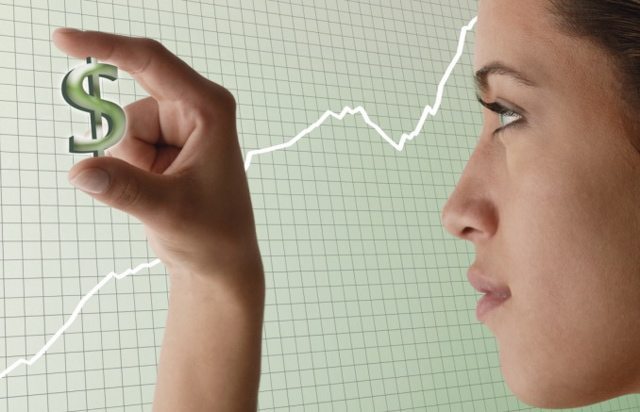For years, we have experienced a rise or decline of our dollar relative to other major currencies. However, this may not be a huge concern right now, but we must start thinking about it for our future. If we track our dollar over the long term it has been weakening due to several factors.
Some of the primary factors that cause the U.S. dollar to decline are currency exchange rates, treasury notes, and the amount of dollars held by foreign countries. These three factors are constantly changing and will affect the value of the dollar now and in our future.
If we look back at the dollar’s value from 1913, it steadily increased until the 1950s. Since the 1950s, the dollar has decreased and most likely will continue if changes are not made. Today, low interest rates and domestic trade deficit are the variables that have been a main cause of our weakening dollar. Hopefully as our economy strengthens and government policies are implemented, we’ll begin to see some stability in the U.S. dollar.
Most Americans view a “weak” dollar as a bad thing and in many cases it is. An interesting side note, a weak dollar can be a useful tool in the business of world trade. It encourages people and businesses of other countries to buy from the U.S. A weak dollar stimulates the exporting of goods and services, which can increase U.S. economic growth. By increasing exports it provides opportunities for American manufacturing companies to produce more “stuff” so other countries can buy at a cheaper cost.
On one side, a weak dollar is a bad thing, but on another it can spark opportunity. Many times the factors that cause a weak dollar are issues that need to be addressed and not the dollar itself. If we continue to experience a weak dollar for the long term, it will certainly be painful for future investors and will increase the challenge the U.S. will have in maintaining its global status. We must be attentive to the variables that affect our dollar and take action to make a change for our future.




